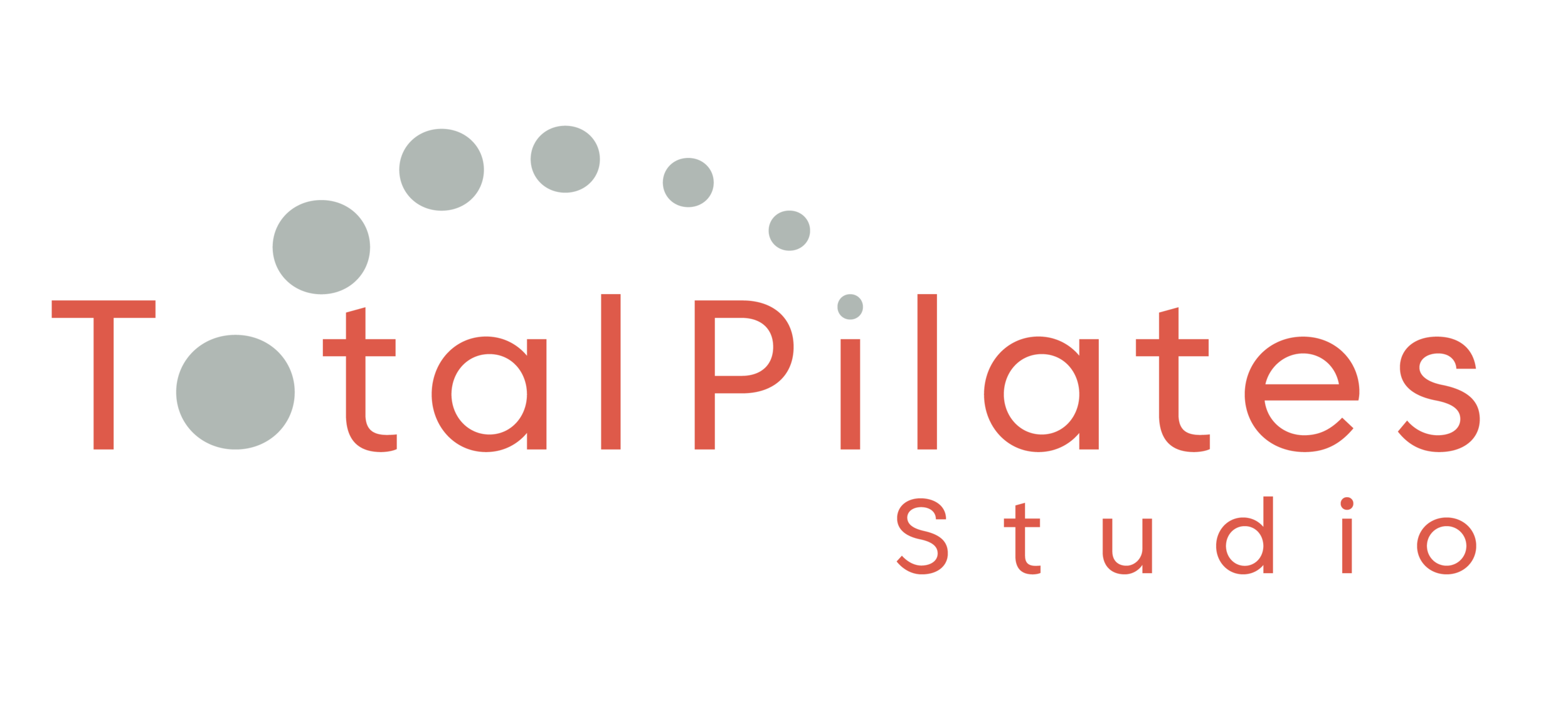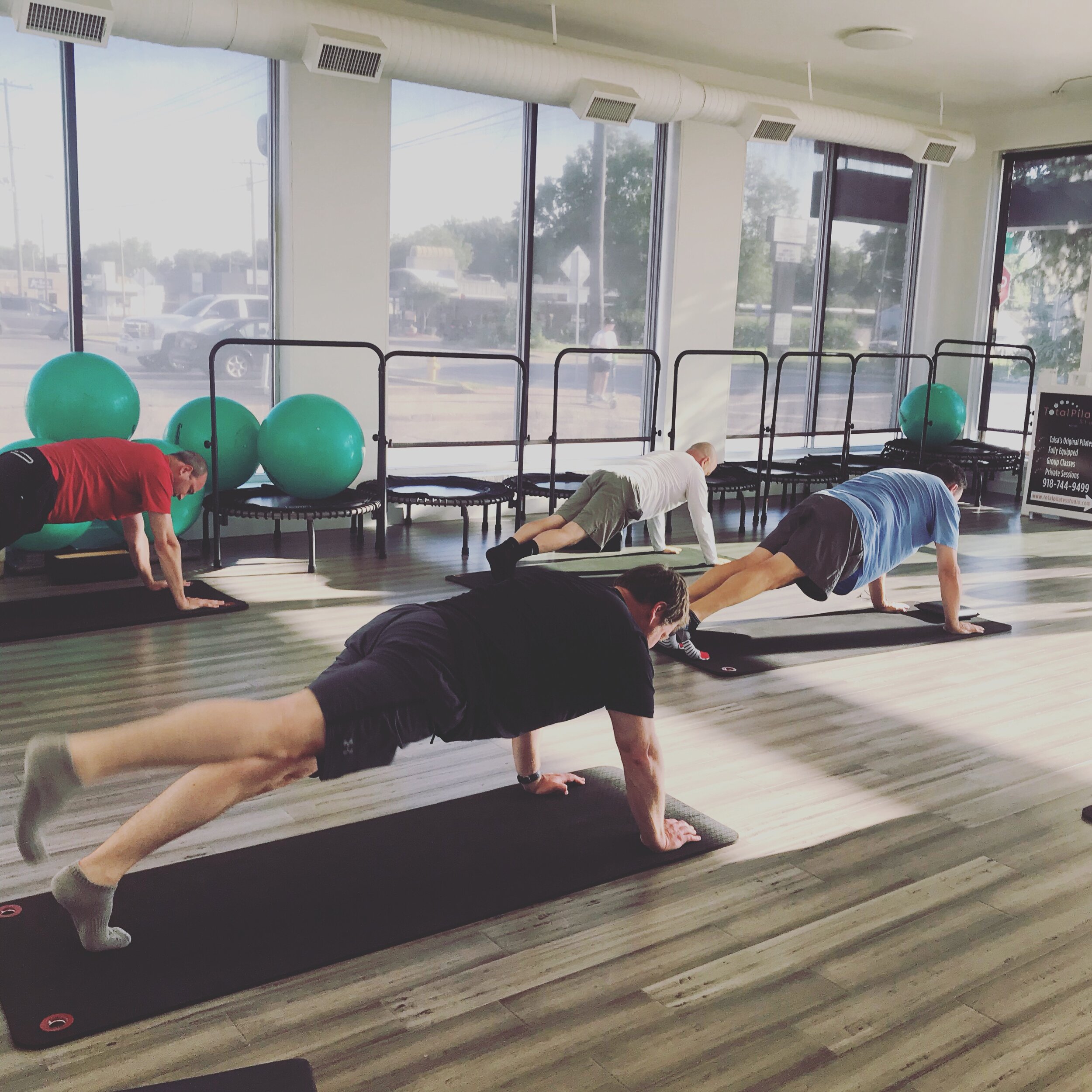Fascial Fitness
The current buzzword in fitness anatomy is "Fascia" (pronounced: fasha). But what exactly is fascia and why all the fascial fuss? To make this simpler to conceptualize, we often tell our clients that fascia is like the white sheets of connective tissue surrounding raw chicken. (Eww, but it's true.)
As it turns out, our entire bodies are made up of the stuff, but you'll almost never see it on an anatomy chart like the ones we have hanging in our studio. As important as fascia is, it is equally difficult to study. When supple and healthy, fascia slides easily and supports the fluid movement of the body. It literally weaves its way throughout the entire body -- separating organs, supporting muscles and (basically) keeping us from becoming a bag of bones! When my husband performed dissections on cadavers in medical school, he had to remove as much fascia as possible to get to the important things inside like bones, muscles and organs. Now we know that fascia plays a starring role in every move we make as well as every injury and stressor we've ever experienced.
What does this have to do with Pilates, you ask? Quite a bit, actually. Our Pilates repertoire from "Leg Circles" and "100s" to "Swan" and "Bridge" help break the patterns that cause our fascia to become rigid and unyielding. Instead, Pilates exercises help us lubricate our fascia through movements that begin at our core and weave throughout our bodies.
Far from a rote collection of unilateral repetitive movements, Pilates provides the exact opposite by working the body in numerous planes of motion at the deepest levels of our anatomy. For example, many of our clients enjoy recreational and competitive running. When they come in for a session, their hamstrings are tight; their hip flexors are overdeveloped and their cores are often weak. These are all observations about muscular health, but the patterns actually go much deeper.
Beyond stretching the hamstrings and hip flexors and simply strengthening the core, we teach our clients how to work the body as a whole, not as as sum of its parts. During a Pilates session, the runner mentioned above will work through their body's ideal range of motion, restoring fluidity and balance to their anatomy -- at once undoing and enhancing the effects of running on their body. This is what we call "total body fitness."
The Pilates effect works not only for runners, but for people of all ages and fitness levels who engage in a range of activities. Profound results are also achievable for sedentary and injured people who experience pain when moving.
Perhaps you've never before considered taking care of your fascia the way that you take care of your muscles and bones. When you practice Pilates with one of our knowledgeable instructors, we will help you enhance your strength, flexibility and fascial fitness so that you can be your best "you."
Lisa Coffee-Smith, MBA
Certified Pilates Instructor

